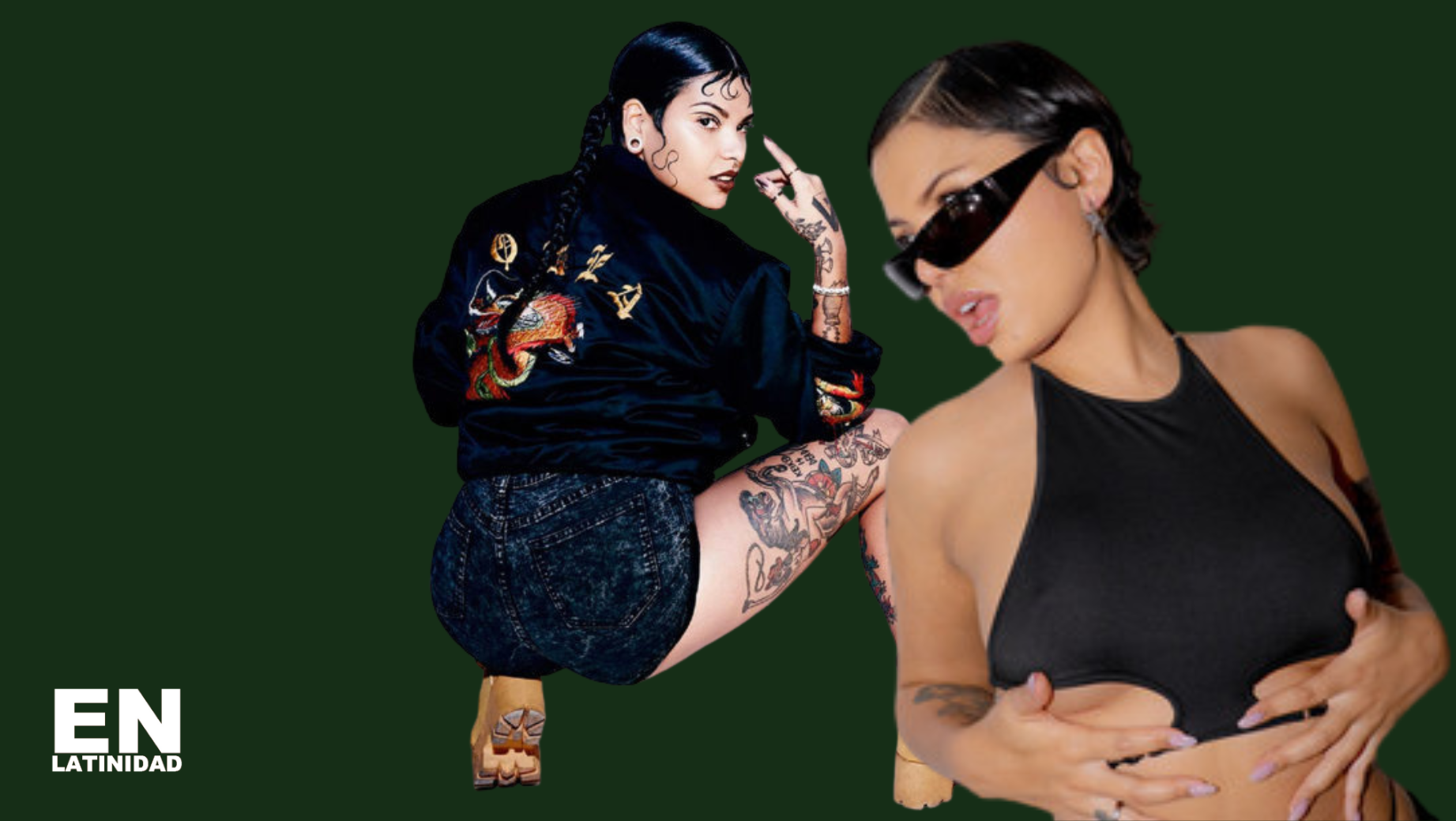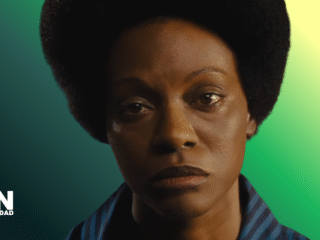Neoperreo: The New Era of Perreo Led by Tomasa del Real and Backed by DJ Blass
Perreo is more than just a dance or a musical style; it’s a cultural movement rooted deeply in Black identity, resistance, and the celebration of the body. Often misunderstood or conflated with reggaetón, perreo distinguishes itself through its raw, unapologetic embrace of sexuality and bodily expression, carving out space for marginalized voices and bodies to move freely. While reggaetón has become a global phenomenon, often sanitized and commercialized, perreo remains a vibrant reminder of the genre’s Afro-Caribbean origins, honoring the dance and music traditions brought from African cultures to the Americas.
Historically, perreo’s dance moves—especially the hallmark “whining” or grinding of the waist—echo traditional African dances like the Ivorian Mapouka, a dance native to the Akan people of Côte d’Ivoire. Mapouka is known for its sensual hip movements and has been a source of both cultural pride and controversy for its unabashed sexuality. This connection is crucial because it situates perreo not as a mere dance fad, but as a continuation of centuries-old African diasporic expressions of joy, resistance, and bodily autonomy. Perreo’s focus on the body as a site of power challenges Western colonial narratives that have historically sought to control and shame Black bodies, especially Black women’s and queer bodies.
Despite its Black roots, the mainstream visual representation of perreo today has been notably whitewashed. Popular media often showcases lighter-skinned dancers and performers, distancing perreo from its Afro-Latinx and Caribbean origins. However, this surface-level appropriation does not erase the genre’s Black core. Perreo’s heart beats with the rhythms and stories of Black diasporic peoples, and its essence remains tied to the very cultures and histories that birthed it. As cultural critic Katelina “Gata” Eccleston has noted, “Perreo will always be Black at its core, no matter how it’s dressed up for commercial consumption.” This tension between commercialization and authenticity is part of the genre’s ongoing story.
At its core, perreo is a genre of rebellion and resistance against societal norms and the status quo. It has always been a space for marginalized communities—especially Black, queer, and female bodies—to claim ownership of their sexuality and cultural expression. The dance floor becomes a battleground where respectability politics are rejected, and freedom is embodied through movement. In this way, perreo challenges machismo, heteronormativity, and racial invisibility that permeate much of Latin urban culture.
Enter Neoperreo, the contemporary evolution of this powerful tradition. Spearheaded by Chilean artist Tomasa del Real, Chaboi, Ms. Nina and others neoperreo fuses traditional perreo beats with futuristic, electronic sounds, creating a fresh, boundary-pushing subgenre that appeals to new generations worldwide. Tomasa has been outspoken about her mission to keep the spirit of perreo alive while innovating its sound and broadening its reach. Speaking with The Fader, she described neoperreo as “a way to bring perreo into new spaces without losing its soul and its rawness.” Her work is not only a musical endeavor but also a cultural intervention, inviting more diverse voices into the reggaetón conversation and insisting on the preservation of perreo’s roots.
Validation from reggaetón pioneers like DJ Blass, who has been credited with shaping the early sound of reggaetón, further cements neoperreo’s place within the genre’s evolving landscape. DJ Blass has expressed admiration for Tomasa’s approach, telling Remezcla, “Tomasa is keeping perreo’s essence alive but pushing it forward—she’s exactly what this music needs.” This endorsement from a key figure in the genre underscores how neoperreo honors the past while carving a path for the future.
Neoperreo’s global reach has expanded rapidly, connecting fans and artists from Latin America, the United States, Europe, and beyond. Through online platforms and underground parties, the movement fosters inclusive spaces that welcome queer, trans, and gender-nonconforming dancers and DJs—communities historically sidelined within mainstream reggaetón culture. Tomasa del Real herself embodies this inclusivity as an openly queer artist who uses her platform to uplift other marginalized voices, making neoperreo as much a social movement as a musical one.
While perreo and neoperreo have evolved and been reinterpreted over the years, their foundation remains a celebration of Blackness, queerness, and bodily freedom. In a world where Latin urban music often grapples with issues of commercialization, cultural appropriation, and systemic exclusion, perreo stands as a testament to resilience and cultural memory. As Katelina “Gata” Eccleston notes, “Perreo’s power is in its refusal to be sanitized, its commitment to the unapologetic expression of identity, and its roots in African diasporic culture that continue to pulse through every beat and movement.”
The dance floors where perreo and neoperreo thrive are more than sites of entertainment—they are spaces of healing, resistance, and joy. From its Afro-Caribbean origins to its neoperreo reinvention, perreo remains an essential thread in the fabric of Latin urban culture, reminding us all of the power of rhythm, movement, and community to challenge oppression and celebrate life.





Leave a Reply
You must be logged in to post a comment.